Madness in Art: A Powerful Connection
Madness and art have long shared a profound and powerful connection, where the boundaries between genius and instability often blur. Many acclaimed...
Maya M. Tola 28 October 2024
Shout out to all those lonely souls who at night hold on tight to hot water bottles (or any bottles), teddy bears, or pillows. Let’s dwell together on our solitude, time to explore one of the oldest themes in art and life: the loneliness in art.
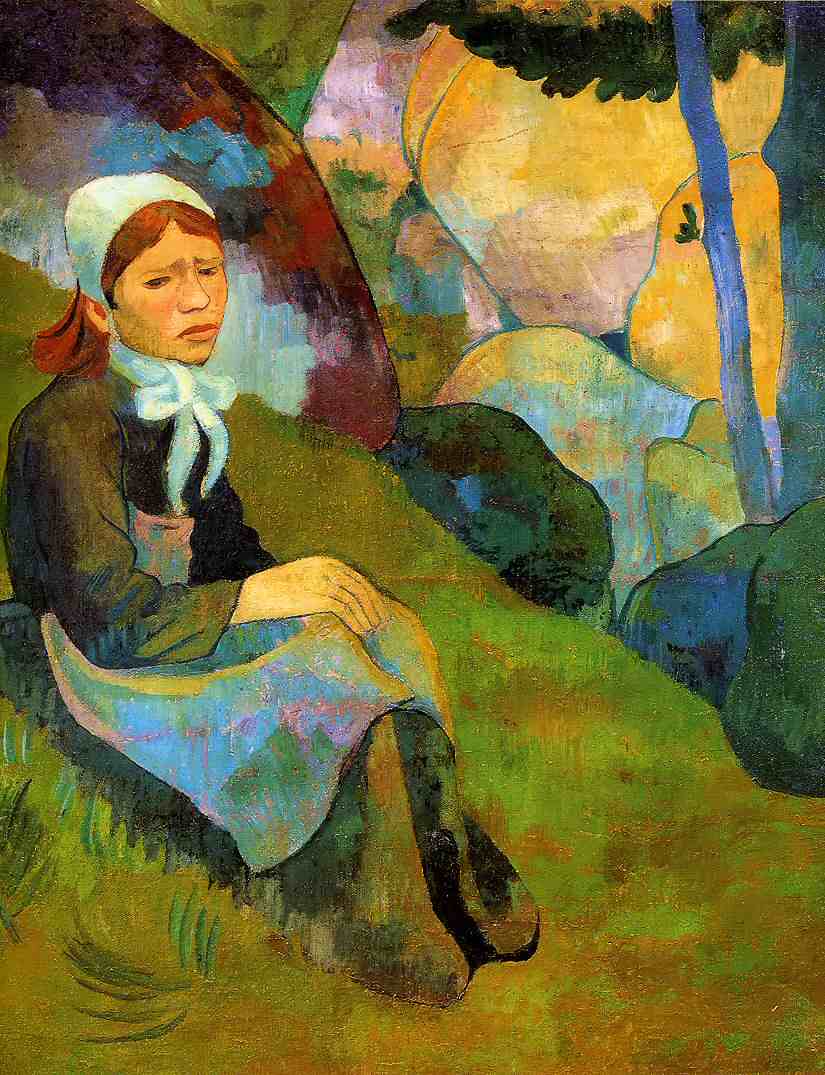
Sérusier once said that “art is a means of communication between souls.” Together with his friends Pierre Bonnard, Maurice Denis, Henri Ibels, and Paul Ranson, he formed a group Les Nabis (the Prophets) who in their art touched the issues of symbolism, occult sciences, and esotericism. After Paul Gauguin’s departure to Tahiti in 1891, the group fell apart and each member developed separately – Sérusier returned from Paris to Brittany where in the small village of Huelgoat he worked for two years.
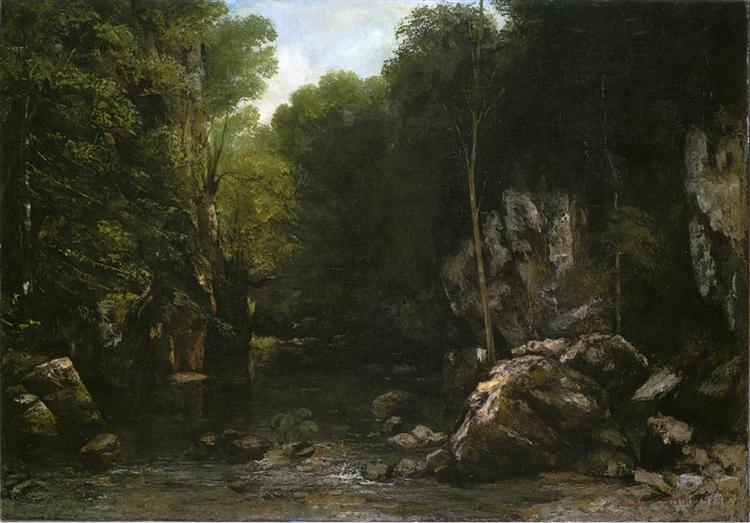
Gustave Courbet, provocative at the Salons and in many of his paintings, was at the same time a man who enjoyed lonely walks in the forests of his childhood village Ornans. His favorite place by the Brème stream, called the Puits-Noir, let the artist withdraw into himself. In 1866, Courbet sent a letter to his patron Alfred Bruvas where he described this place “as a superb landscape of deep solitude produced within the valleys of my native land.”
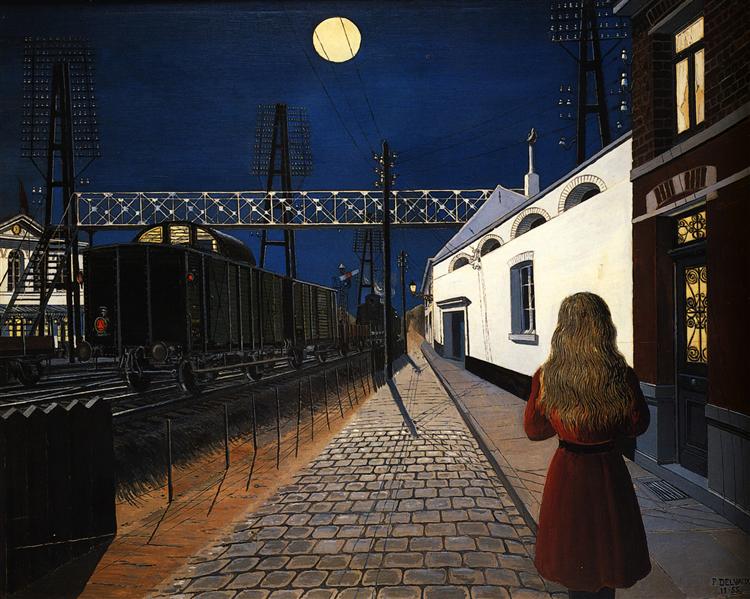
A solitary figure, Paul Delvaux was a Belgian painter, who despite professional and personal relationships with many Surrealist painters, did not consider himself a Surrealist. René Magritte mocked him for ‘bourgeois’ origins (his father was a lawyer) and alleged that Delvaux was famous only because he often painted nudes, having been inspired by a wax figure of Venus presented once at a freak show in Brussels.
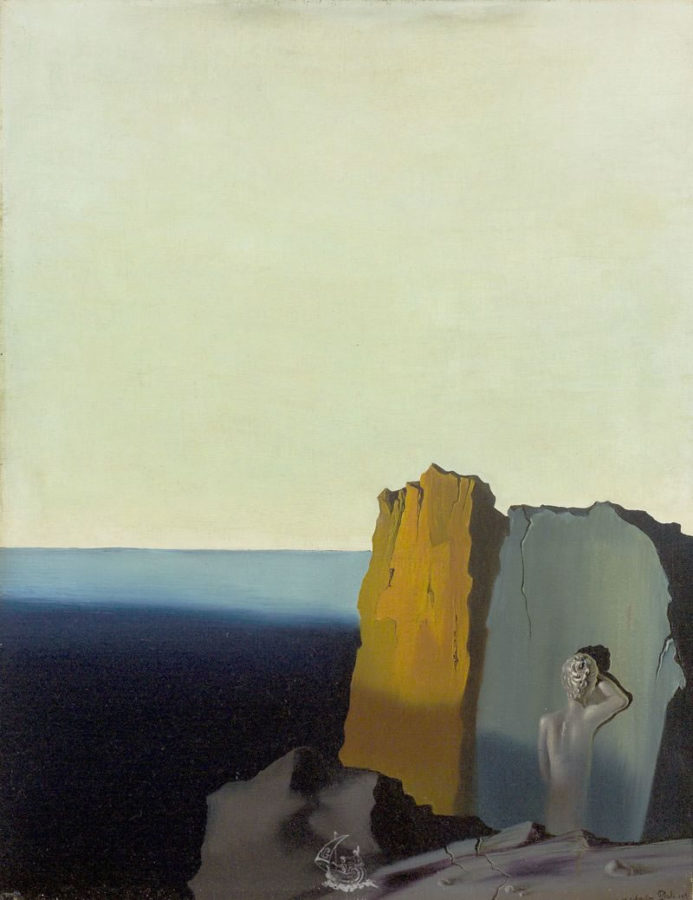
Who could tell that young Salvador Dalí was described by his fellow students at Madrid’s Royal Academy of Fine Arts as “morbidly shy and literally sick with timidity”? Confused by his bisexuality, he felt great sexual inadequacy. To fight his insecurities which drove him into isolation, his uncle told him to pretend he was an extrovert. It worked.
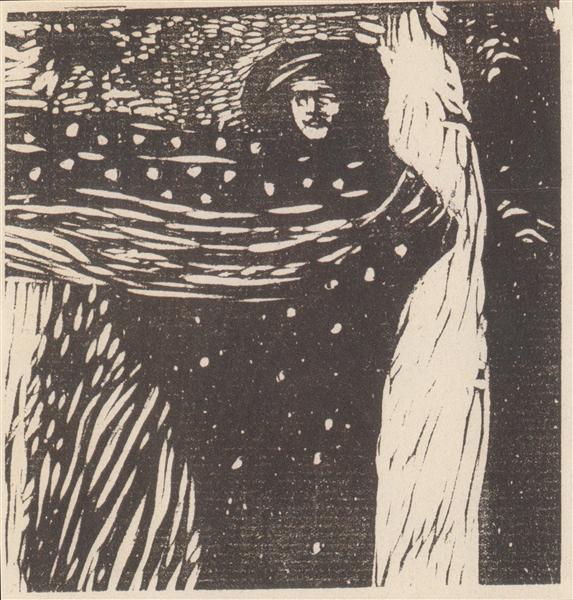
Koloman Moser was 20 when his father died in 1888. To make a living, he began illustrating books and magazines. Then, he became one of the founding members of the Vienna Secession in 1897 and the leading illustrator for their magazine Ver Sacrum. Then, he was the artistic director for the Wiener Werkstätte but he left the company in 1907 to devote himself exclusively to painting.
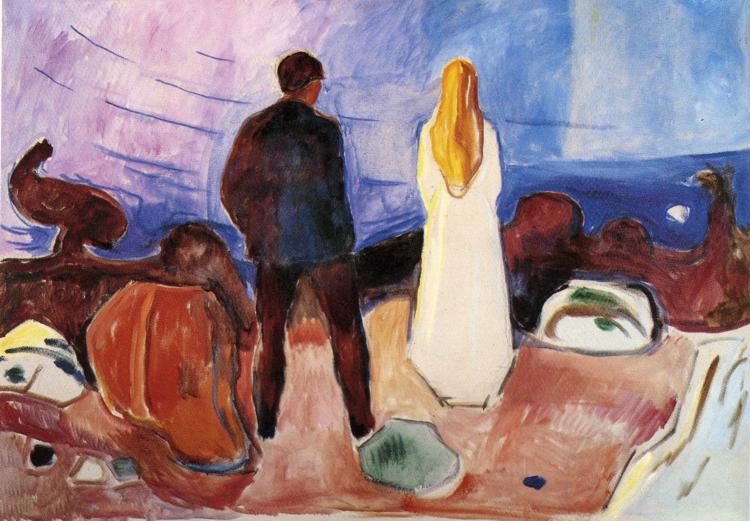
Edvard Munch never married. For the last 27 years of his life, he lived alone on his estate outside Oslo, Norway, supporting his relatives financially but communicating with them solely by mail. Isolated from people, he surrounded himself with his paintings, he called them his children and hated to be separated from them.
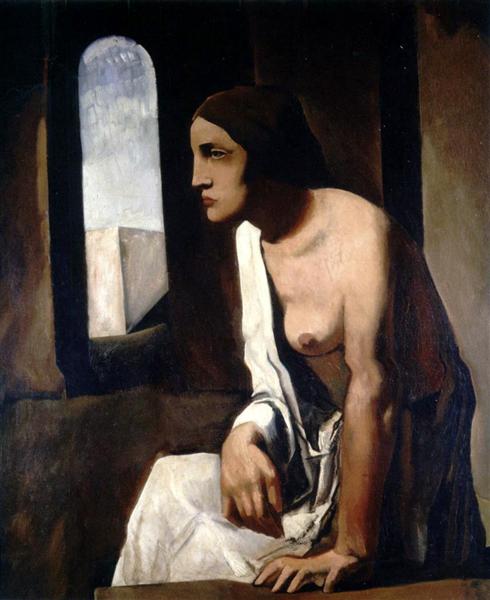
Initially, Mario Sironi adhered to the Futurist movement, then he was briefly inspired by the metaphysical painting of De Chirico, an example of which we have here, to later support the Fascist regime with his works. However, melancholy and loneliness were always present in his art, expressed in solid forms and intensely dark atmospheres with which Sironi described the experience of modern city life.
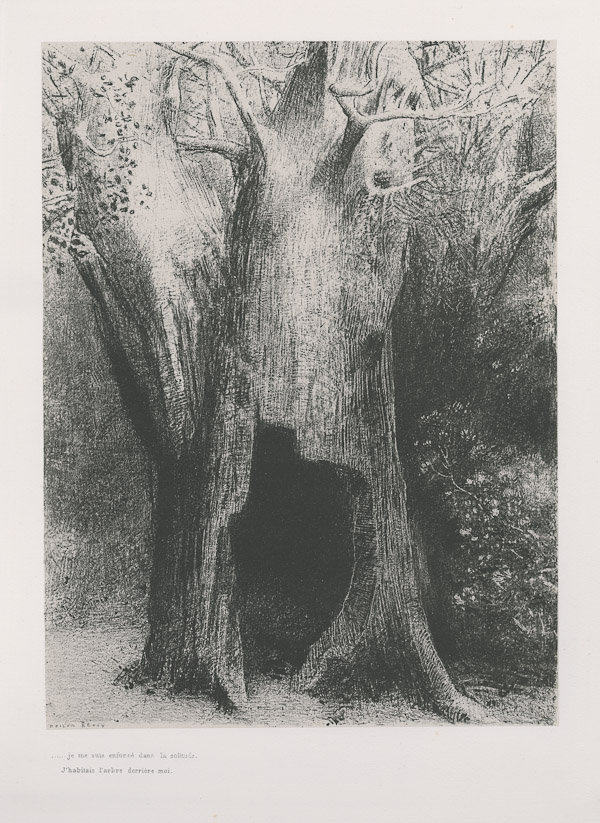
When Gustave Flaubert was 24, he became inspired by a painting of St Anthony. Since then, he had been working on a literary adaptation of the famous story of temptation for the next 30 years. He finally published it in the form of a play script, which presented one night in the life of Anthony who is being faced with various temptations.
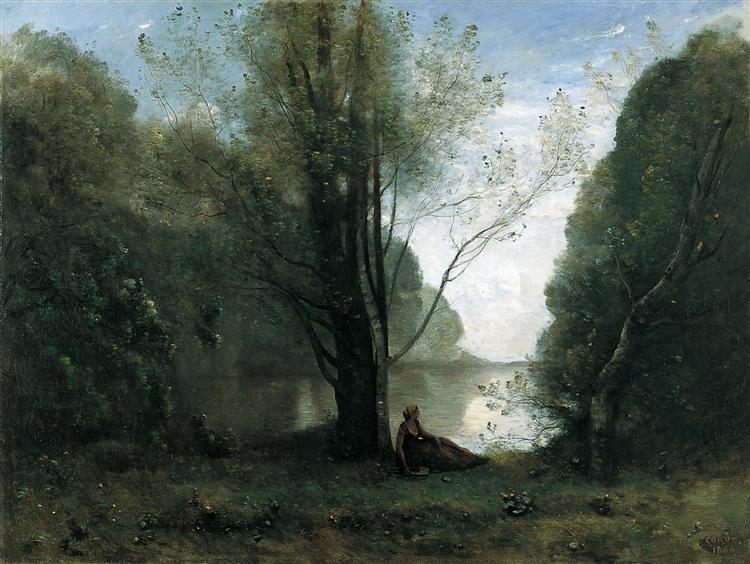
And it’s totally fine!
DailyArt Magazine needs your support. Every contribution, however big or small, is very valuable for our future. Thanks to it, we will be able to sustain and grow the Magazine. Thank you for your help!